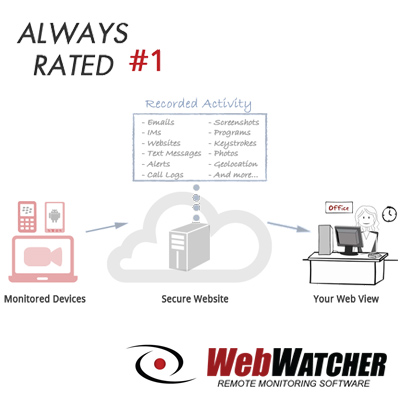Today’s children and teenagers can’t remember what life was like without the internet, and most of them probably wouldn’t want to. After all, their smartphones, tablets, and computers give them endless outlets for entertainment and instant access to their friends no matter where they happen to be.
But while there are many reasons for children to find the internet enjoyable and useful, there are also downsides. Kids who don’t know how to protect themselves are at risk of dangers that are unique to the internet. Take a look at some of the biggest online threats and learn how you can protect your child.
Predators
You teach your children from an early age not to talk to strangers or get into cars with people who they don’t know. But on the internet, many of the people your child can interact with are strangers, and they don’t always have good intentions. In fact, they aren’t always even the people they appear to be.
While there are many spaces online that are primarily intended to be used by children and teens, there often isn’t much that a website or app can do to verify that a person claiming to be a minor really is one. Sometimes adults pretend to be younger in order to gain the confidence of children online, then exploit that trust. In other cases, an adult might present themselves as a more understanding and accepting adult than parents or other adults in a child’s life in order to get inappropriately close to them.
Children and teens need to know about online predators and how to recognize them so they can protect themselves. For example, children should be suspicious of online contacts who refuse to switch to another method of communication – like the telephone – or who encourage them to keep their interactions a secret.
Cyberbullying

Bullying has always been a concern that children have, but the internet has introduced a new type of bullying: cyberbullying. While cyberbullying doesn’t necessarily carry the same physical threat as playground bullying, in some ways it can be even more harmful. Kids tend to have their devices on all the time, while they’re at home, with friends, or out in their neighborhood. That means that cyberbullies have nearly constant access to their victims.
Children can protect themselves by learning how to block bullying users on various platforms and report harassing content and messages. But children should also be encouraged to talk to the adults in their lives – parents, teachers, and other trusted adults – about bullying when they experience it. Together, you and your children can role-play strategies for standing up to bullies and de-escalating conflicts.
Sharing Too Much
Children and teens sometimes have difficulty understanding how permanent things on the internet are, or how long an internet post, video, or picture can follow them. Even if something posted on the internet can be deleted, if a picture or screenshot is taken or if someone downloads the media to their own computer, there’s no getting rid of it, and the original poster loses control over the material. In some cases, teens have posted pictures, posts, or videos that have gone viral, and there’s no way to put that genie back in the bottle.
It’s important to teach children to think carefully about what they post online before they post it. If it’s something that they wouldn’t want others to see, they’re better off not posting it. Even if they think that they’re sharing something privately with just one other person or a select group of people, it’s best to err on the side of caution.
The internet offers a lot of wonderful opportunities for children to learn and grow, but it also has its dangers. Parental computer monitoring software can help you keep tabs on what your children are doing online so that you can keep them safe. To find out more about parental monitoring software, get our risk free trial.





